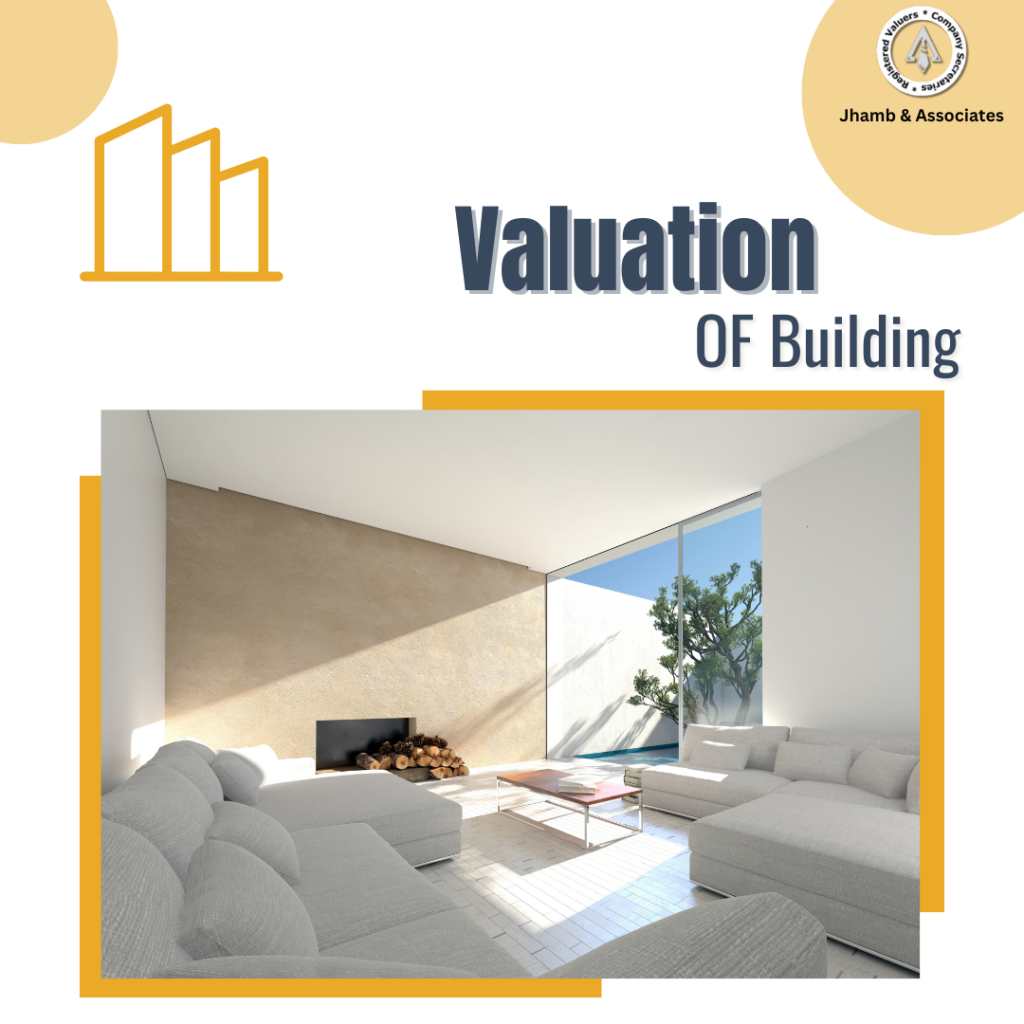The valuation of a building is a crucial process for property owners, investors, and financial institutions. It determines the market worth of a property, which is essential for buying, selling, taxation, and insurance purposes. Several methods exist for valuing buildings, each suited to different property types and valuation needs. This article explores the key methods used in land & building valuation.
1. Comparative Market Analysis (CMA)
One of the most common methods for valuing a building is the Comparative Market Analysis (CMA). This approach involves analyzing recently sold properties with similar characteristics in the same area. The method considers factors like location, size, condition, and amenities to estimate a building’s value.
Key Considerations:
- Recent sale prices of comparable properties.
- Adjustments for differences in features and conditions.
- Local real estate market trends.
Real estate agents and property appraisers widely use CMA because it reflects the current market demand and supply dynamics.
2. Cost Method
The Cost Method assesses the value of a building by estimating how much it would cost to rebuild it from scratch, factoring in depreciation. This method particularly benefits unique properties where comparable sales remain limited.
Calculation:
- Estimate the cost of constructing the building at current prices.
- Deduct depreciation (physical, functional, or economic obsolescence).
- Add the land value to get the total property value.
Insurance assessments, government property valuations, and specialized structures like schools and hospitals often use this method.
3. Income Capitalization Approach
The Income Capitalization Approach is widely used for commercial properties where income generation is the primary objective. It estimates a building’s value based on the income it generates, using a capitalization rate.
Formula:
Property Value = Net Operating Income (NOI) / Capitalization Rate
Factors Influencing Value:
- Rental income potential.
- Operating expenses and maintenance costs.
- Market capitalization rate.
This method is ideal for valuing office buildings, shopping centers, and rental apartments.
4. Residual Method
The Residual Method is used when a building has potential for development or redevelopment. It helps determine the land’s value by assessing its potential profitability after development.
Steps:
- Estimate the projected revenue from the completed development.
- Subtract the cost of construction, legal fees, and development expenses.
- The remaining value is attributed to the land.
This method is frequently used in urban planning and real estate development projects.
5. Technical Analysis in Building Valuation
Technical Analysis plays a critical role in the valuation of building by incorporating engineering and architectural assessments. This method evaluates the structural integrity, materials used, and lifespan of the building to determine its value.
Components of Technical Analysis:
- Structural assessment: Evaluating the foundation, walls, roofing, and overall durability.
- Material quality: Identifying construction materials and their longevity.
- Maintenance history: Reviewing past repairs and renovations.
Technical Analysis is especially useful for industrial buildings and historic properties, where structural stability impacts value significantly.
6. Investment Method
The Investment Method is used for properties that are primarily purchased as income-generating assets. It considers the return on investment (ROI) by factoring in rental income and appreciation potential.
Considerations:
- Expected rental income.
- Future market value trends.
- Maintenance and operational costs.
Investors rely on this method to assess long-term profitability before purchasing properties.
7. Profits Method
The Profits Method is used for buildings where profitability is closely tied to business operations, such as hotels, restaurants, and gas stations. The valuation is based on the gross profits generated by the business occupying the building.
Formula:
Valuation = Adjusted Net Profit × Multiplier
This method is best suited for commercial properties with unique income structures that do not fit the traditional income capitalization approach.
Conclusion
Choosing the right method for valuation of building depends on the property type, purpose of valuation, and market conditions. Whether using Technical Analysis, the Income Approach, or the Cost Method, accurate valuation ensures informed decision-making for buyers, sellers, and investors. For professional valuation services, platforms like Valuation Mart offer expert guidance and accurate assessments. Understanding these methods will help stakeholders maximize returns and make strategic real estate investments.


